Empathy Won’t Save You: Why CX Thrives on Action, Not Sentiment but Outcomes?
eglobalis
NOVEMBER 26, 2024
Over the past few years, empathy has become a buzzword in CX conversations—and while it’s great to emphasize understanding, empathy alone is practically useless if issues in B2B or B2C experiences remain unresolved. The same applies to B2C. What good is being empathetic if customers still face recurring problems?



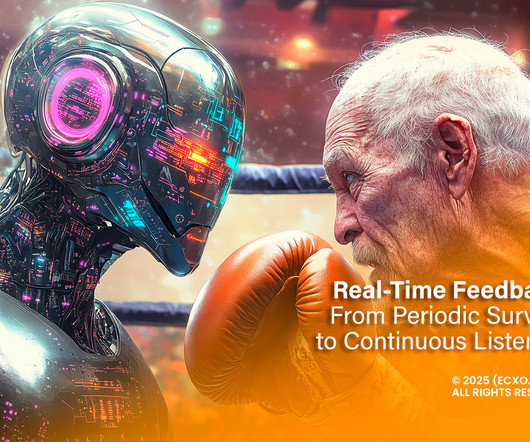



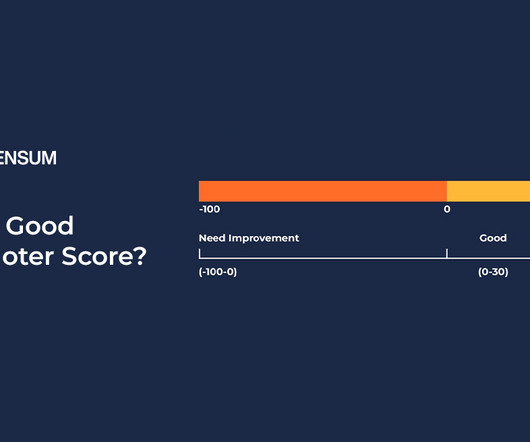
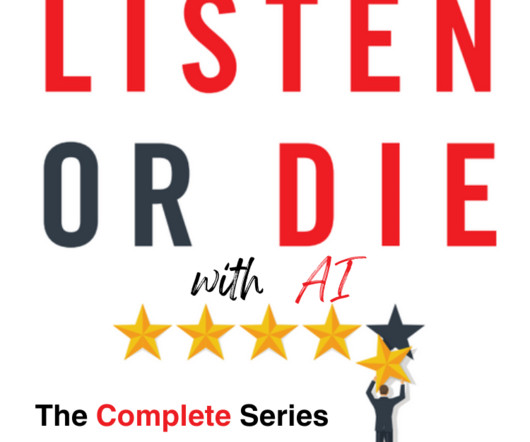





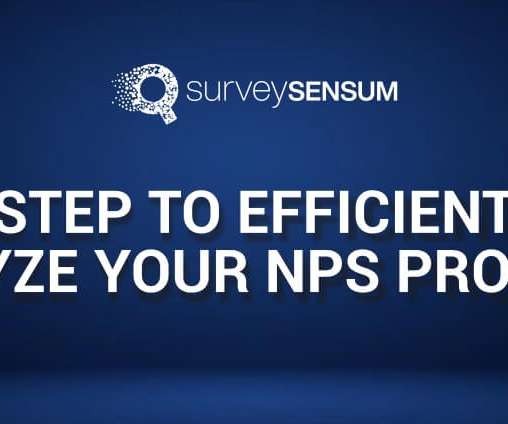
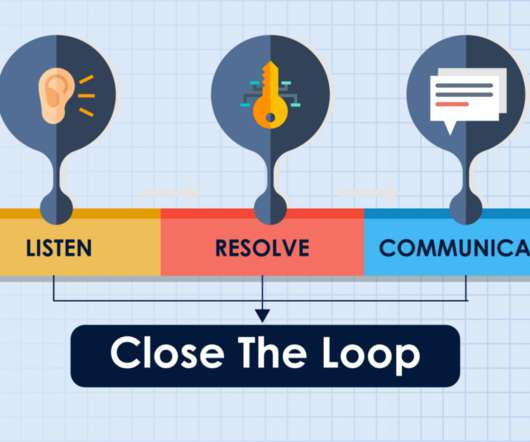



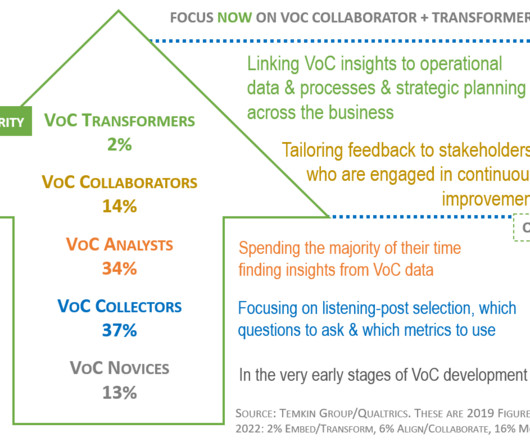


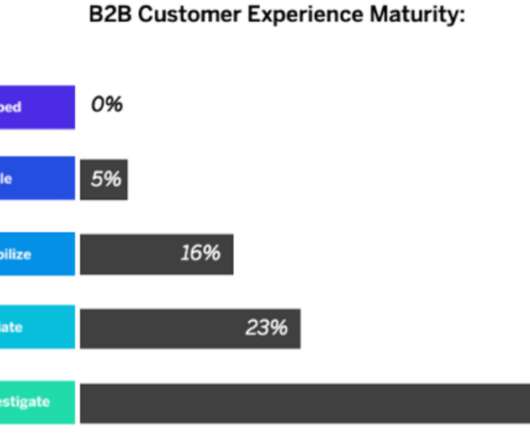









Let's personalize your content